Hey everyone, it’s the Barn Geek here. Today, I received a question via email that I wanted to address in this video. The question is: what is the ideal moisture content for building a barn with timber? Is my lumber too wet?
Now, when it comes to moisture content, there’s not a one-size-fits-all answer, but I’ll do my best to provide some guidance.
For softwoods like pine, aiming for a moisture content between 18 to 20 percent is generally ideal. Hardwoods, on the other hand, can usually do well with a slightly lower moisture content, around 12 percent. However, it’s important to note that achieving exactly these percentages isn’t always necessary or practical.
Traditionally, barns have been built using green timber, meaning the wood hasn’t been fully seasoned. This method has been employed for centuries because builders understood how wood behaves as it dries and seasons. The key is to work with the characteristics of the wood, ensuring that any potential movement or changes in the wood’s shape won’t compromise the structure.
When selecting timber, avoid severely warped or twisted logs, as these may pose challenges during construction. It’s also worth noting that certain species, like white pine or Douglas fir, are generally more forgiving in terms of moisture content compared to others.
If you’re harvesting your own timber, consider cutting it during the winter when the sap content is lower. Then, allow the timber to season gradually, either by sawing it into beams or stacking it with adequate airflow. Painting the ends of the timber can help prevent rapid drying.
While moisture content is important, it’s also essential to allow the structure time to acclimate to its environment. Rushing the process by enclosing the structure too quickly can lead to issues like trapped moisture, which can affect the integrity of the building over time.
In summary, while aiming for specific moisture content levels can be beneficial, it’s equally important to understand the behavior of the wood you’re working with and to allow the structure time to adapt naturally. Building a barn is a process that requires patience and a respect for the materials involved.
How to Save $15,000 Building Your Own Barn: A Complete DIY Guide
40x50 Horse Barn Style Barndominium Building your own barn can save you serious money - we're talking about $15,000 or more in labor costs alone. But before you grab your hammer and start swinging, there are some important realities to consider about DIY barn...
How to Store Lumber to Prevent Warping
Learn how to store lumber effectively to prevent warping, ensuring your wood remains stable and ready for your next project.
How to Use Local Lumber to Cut Barn Costs
Learn how using local lumber for barn construction can save money, reduce environmental impact, and support your community.
Mortise and Tenon vs. Steel Plate Joinery in Timber Frames: What DIY Builders Need to Know
Explore the differences between mortise and tenon joints and steel plate connections in timber framing, focusing on strength, aesthetics, and construction methods.
Checklist for Hiring a Barn Contractor
Learn how to hire the right barn contractor with essential tips on credentials, reputation, bids, and communication for a successful project.
How to start a barn wedding venue business
Learn how to successfully launch a barn wedding venue business, from planning and renovations to legal requirements and marketing strategies.
Is it worth while to have a local sawmill cut some or all of my Barn Lumber or even do it myself?
We have a LOT of eastern red cedars, Tulip Poplars, among other species. If I have a local sawmill cut our pieces for us, would you expect a significant savings overall?
Pride and Accomplishment in Having Built a Barn Myself
Besides the utility of having a barn and the value it adds to our property, having built the barn myself has given me a sense of pride and accomplishment that’s hard to place a value upon.
Free Chicken Coop Plans
You can build this hen house with these free chicken coop plans. It is easy to do. All you need is some rough cut lumber, a hammer, nails, and a circular saw. You can even build one with regular dimensional lumber from your local lumber yard. I built one like this for...

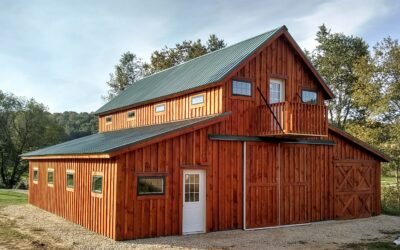

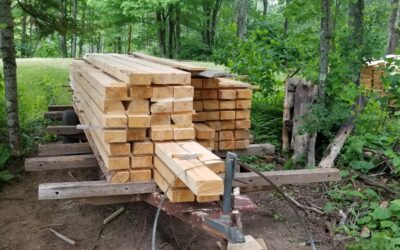
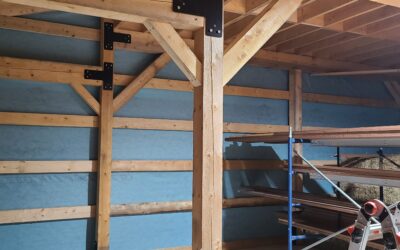
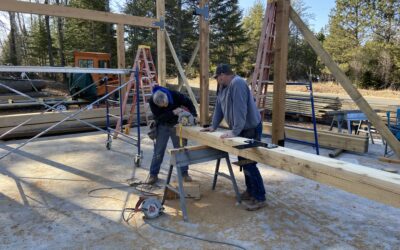

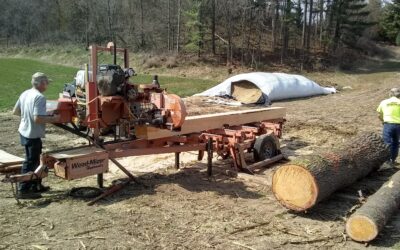


Recent Comments